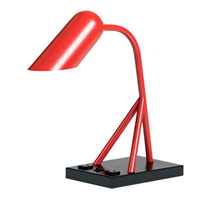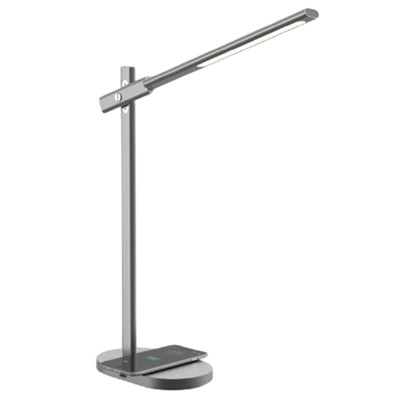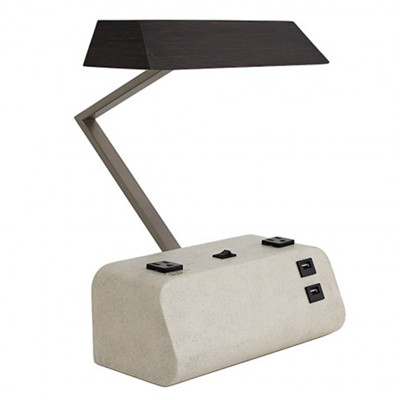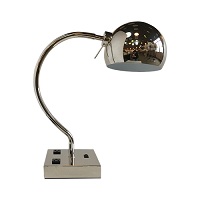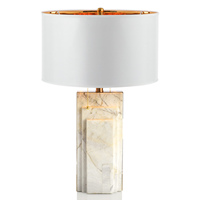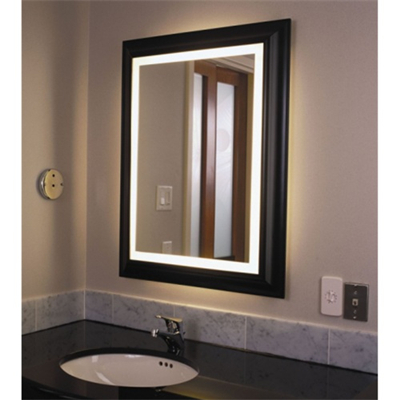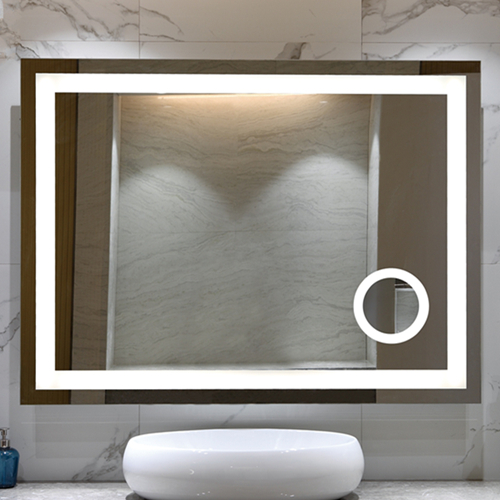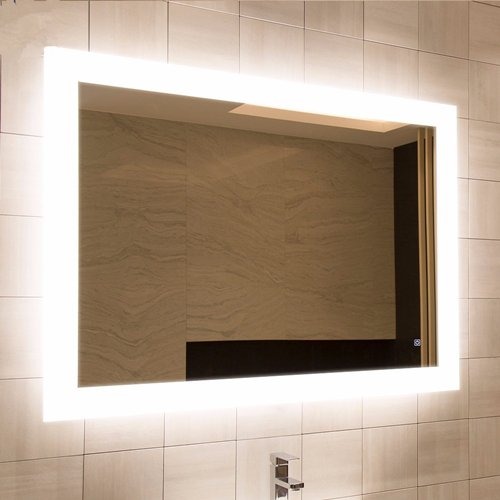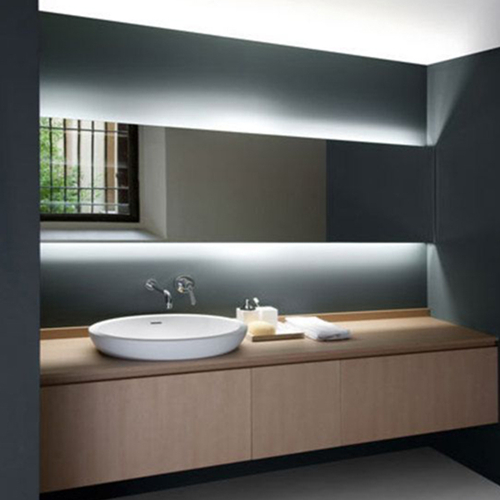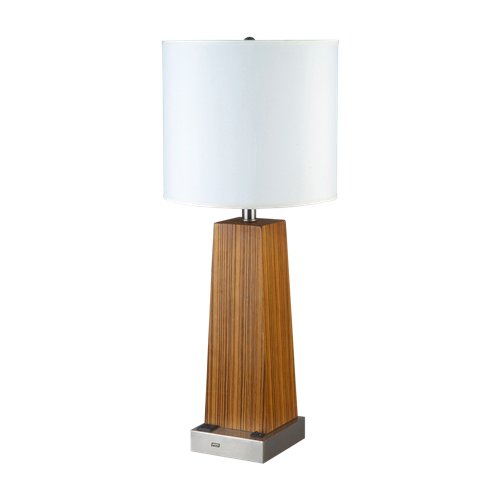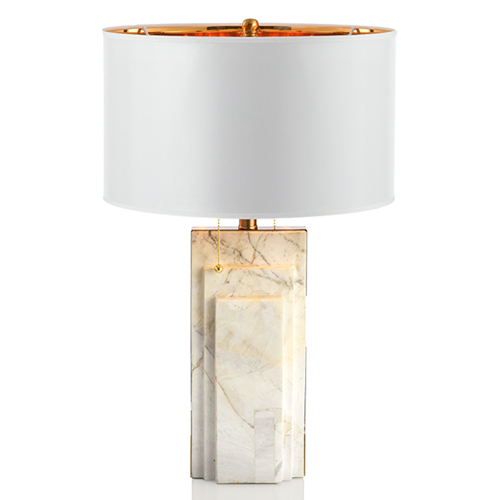Floor lamps in specific rooms | Sunwinhotellighting.com
Floor lamps add instant warmth to a room, and depending on the style, can add a sculptural element as well, so even when they are not in use, they are still beautiful to look at. Below are some common places to have a floor lamp.
Where to place a floor lamp?
A living room floor lamp is the most popular use of a floor lamp. They are often used either to brighten the room since the room is used often and may be occupied by multiple people. Floor lamps can be placed in the corners of the room or next to seating areas. Always think of how the light will be used by people. A reading lamp could be placed next to a frequently used chair. In a family room, floor lamps can provide atmosphere and ambiance.
Bedroom floor lamps
In the bedroom a floor lamp may provide one of two main functions. Either as an ambient light, in which the lamp may be the only light switched on, providing an average partly soft light, or for use near to a chair or bedside for reading. If reading in bed, a full spectrum floor lamp is a good choice next to the bedside, provide it clears your head and won't be in your way.
Dining room floor lamps
In the dining room, a floor lamp will usually need to be in a corner. Foot traffic and sitting around a table are common behaviors, and the lamp needs to be out of the way. Since dining rooms sometimes have little additional room for activities beyond the table, a torchiere floor lamp is a good choice positioned out of the way in a corner. It will provide a more general ambient light and help to set the atmosphere.
Office floor lamps
In an office you likely are seeking general overall light and most types of floor lamp will work for this. Since an office is usually a more formal working environment, you might opt for a more functional lamp, perhaps an LED floor lamp. Also consider the placement of the lamp, if you are to use it to help you with your work, then it will need to be closer to the work surfaces.
Floor lamps in other rooms
Other rooms may potentially make use of a floor lamp. However, you are not likely to use a floor lamp in a bathroom or a small utility room where you don't spend much time. You also probably won't have use for one in a kitchen or a narrow hallway. Other types of light fixtures are more appropriate there.
Sunwin Lighting has a large range of floor lamps in all of the styles listed above, so once you’ve decided on the type that’s right for you, you can find them on our website www.sunwinhotellighting.com.Email:sales@sunwinhotellighting.com







